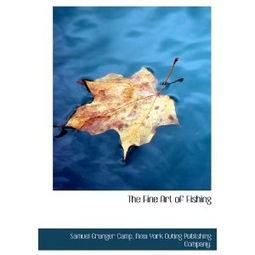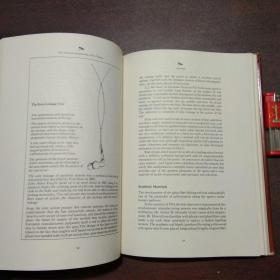Content:

Fly fishing is an art form that requires precision, patience, and a deep understanding of the water and the fish it holds. One of the most effective flies used in fly fishing is the Rough Tail Fly, which is known for its ability to mimic the movement and appearance of various aquatic insects. In this article, we will delve into the essential techniques for using the Rough Tail Fly to catch fish with finesse and success.
Choosing the Right Rough Tail Fly
The first step in mastering the art of fly fishing with the Rough Tail Fly is to select the right fly for the situation. The Rough Tail Fly comes in various colors, sizes, and patterns, so it is important to match the fly to the insects present in the water and the type of fish you are targeting. Pay attention to the following factors when selecting your Rough Tail Fly:
- Color: Match the color of the fly to the natural insects in the water. For example, use a green Rough Tail Fly in a stream with green mayflies.
- Size: The size of the fly should be proportional to the size of the fish you are targeting. Larger fish may require larger flies, while smaller fish may be more easily caught with smaller flies.
- Pattern: Choose a Rough Tail Fly pattern that mimics the insects present in the water. For example, a mayfly pattern may be more effective in a stream with mayflies.
Casting the Rough Tail Fly
Casting the Rough Tail Fly is an essential skill for fly fishing success. Here are some tips to help you cast effectively:
- Use a smooth, fluid motion to cast the fly. Avoid sudden movements or jerks, as these can spook fish.
- Focus on your back cast. A strong back cast will give you more distance and line control.
- Pay attention to your fly line. The fly line should be in a straight line when it reaches the water, and the fly should land softly on the surface.
- Adjust your casting technique based on the wind conditions. In windy conditions, you may need to adjust your casting angle and power.
Presenting the Rough Tail Fly
Once you have cast the Rough Tail Fly, it is important to present it to the fish in a way that mimics the natural movement of the insect. Here are some tips for presenting the Rough Tail Fly:
- Allow the fly to sink to the desired depth before beginning your retrieve. This will give the fly time to reach the fish's feeding zone.
- Use a steady, consistent retrieve to mimic the natural movement of the insect. Avoid erratic or sudden movements, as these can spook fish.
- Vary your retrieve speed based on the water conditions and the type of fish you are targeting. For example, a slower retrieve may be more effective in still water, while a faster retrieve may be better in fast-moving streams.
- Watch for signs of interest from the fish, such as a rise, a change in behavior, or a take. Adjust your retrieve accordingly.
Reading the Water
To be successful with the Rough Tail Fly, it is essential to understand the water you are fishing. Here are some tips for reading the water:
- Observe the water's surface for signs of fish activity, such as rises, splashes, or disturbances.
- Pay attention to the water's flow and structure. Fish may be holding in pockets, seams, or around structure such as rocks, logs, or vegetation.
- Look for signs of aquatic insects, such as mayflies, caddisflies, or terrestrials, as these will indicate the type of fly to use.
Patience and Practice
Finally, remember that fly fishing with the Rough Tail Fly requires patience and practice. It is important to be patient and not get discouraged if you do not catch fish immediately. Practice your casting, retrieves, and water reading techniques, and over time, you will become more proficient at catching fish with the Rough Tail Fly.
In conclusion, mastering the art of fly fishing with the Rough Tail Fly involves selecting the right fly, casting effectively, presenting the fly in a natural manner, reading the water, and maintaining patience and practice. By following these essential techniques, you will increase your chances of success and enjoy the rewarding experience of fly fishing.












